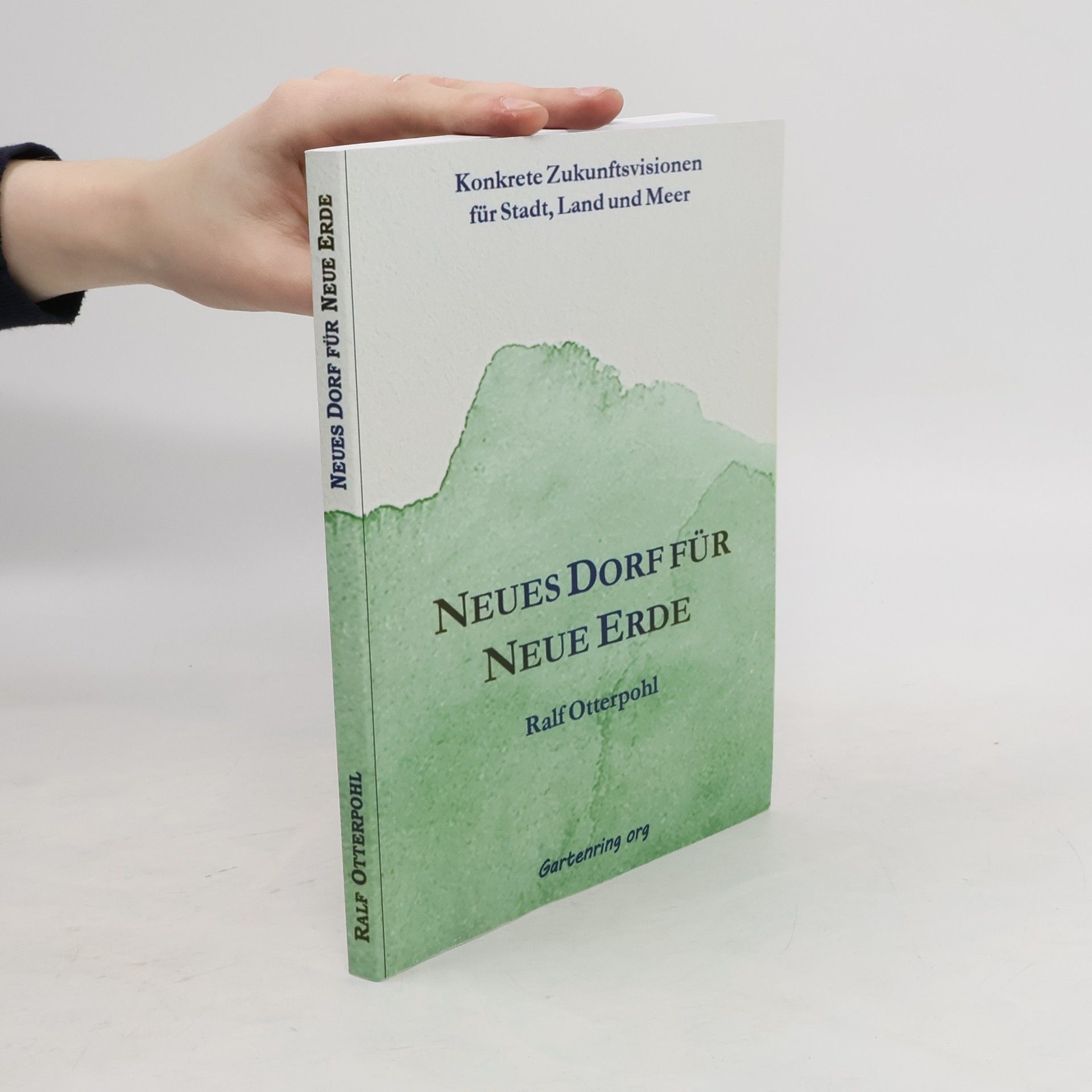Das Buch von Prof. Dr.-Ing. Ralf Otterpohl beschreibt eine optimistische Vision für die Zukunft auf dem Land. Es betont Vielfalt, lokale Produktion, regenerative Landwirtschaft und die Bedeutung von Gemeinschaft. Innovative Ansätze wie Wüstenbegrünung, Dachgärten und Kooperation mit Meeresbewohnern fördern ein nachhaltiges und gesundes Leben.
Ralf Otterpohl Livres


Das Neue Dorf: Hundert Minifarmen produzieren hochwertige Lebensmittel und werten die Böden auf, Kleinunternehmen stellen eine breite Palette an Gütern her, Kultur- und Bildungseinrichtungen versorgen die Bevölkerung, Tourismus belebt den Ort – all das auf der Fläche eines einzigen Bauernhofes! Neue Dörfer ermöglichen gutes Auskommen, selbstbestimmtes Leben, tragen zur dauerhaften Versorgung der Städte bei. So wird nicht nur das »gute Leben« für den Einzelnen möglich: Humusaufbau, Permakultur und ökologische Produktion unterstützen auch ein ausgeglichenes Klima. Das »Neue Dorf« ist eine kreative Synthese der Vorteile von Stadt und Land, zeigt Alternativen zum anonymen Leben in den Großstädten und zur Entfremdung lohnabhängiger Arbeit auf. Beispiele aus aller Welt finden sich ebenso wie praktische Anleitungen zu Standortsuche, Planung und Produktionsmöglichkeiten.